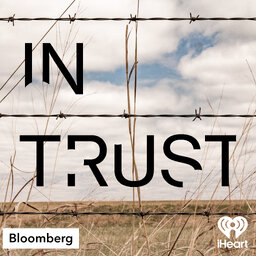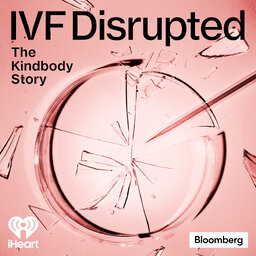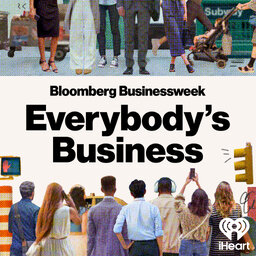The ‘Oklahoma!’ Haze
There was one portrait of Oklahoma’s history that towered over all others. One with sweeping prairies and singing and dancing cowboys. The Rodgers and Hammerstein musical Oklahoma! became synonymous with America’s westward expansion. It also left out a key part of the state’s history and people.
 In Trust
In Trust


